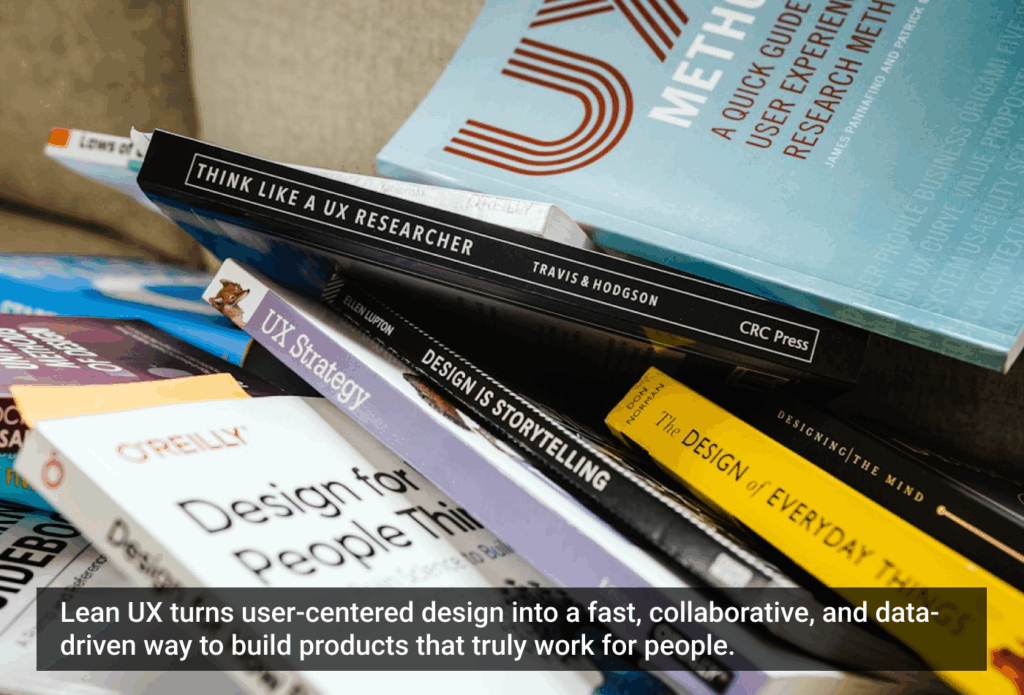1. There are three great design themes: making something beautiful, making something easier, and making something possible.
2. Design is the art of the possible.
3. Design isn’t just about problem solving; it’s about creating a more humane future.
4. The purpose of any design is to make a hole where the future may enter.
5. Nothing designed exists — until it does.
6. There are all kinds of ways to be a designer and don’t let anyone tell you otherwise.
7. Design is easy. It’s good design that’s hard.
8. What makes a great designer? Having produced great products. Everything else is potential.
9. Design without thinking is decoration.
10. The best products are also ideas.
11. Your first idea probably isn’t your best. Those often come after you’ve exhausted the obvious.
12. Sometimes the obvious idea is the best idea. Don’t be clever just because you can be.
13. There is no such thing as a product or service that isn’t designed. The question is just who does the designing and when and how.
14. Design is like cooking. Everyone can get better and make good meals but not everyone is going to be a chef.
15. Design is both how it looks and how it works. Because how it looks indicates how it works.
16. At least 20% of design is repeating things over and over until they become reality.
17. Subtlety is where the design magic lies.
18. Very few products are designed and built alone. We’re a dependent profession.
19. Both design and art create spaces where new ideas can be considered.
20. The role of the designer is ultimately about creating order and removing ambiguity. The role of the artist is often the opposite.
21. Don’t aspire to have your design in museums; aspire to have it in people’s hands.
22. Where there is a gap between what people intend to do and what they can do, that’s an opportunity for design.
23. Sometimes design is about creating opportunity.
24. In design, as in life, there is seldom one correct answer. There are usually many possible answers.
25. Some design solutions are better than others.
26. The shape of the glass affects the way you drink.
27. A good design is often a bad design, refined.
28. Everything creative starts out as a mess. Until finally it isn’t.
29. As soon as a design touches a user, it’s no longer yours.
30. You shouldn’t design for idealized human beings.
31. If you design and build for every edge case, you’ll never ship. If you never ship you’ll never find every edge case.
32. You can design without fully knowing the problem. In fact, you’ll probably only discover aspects of the problem after you’ve designed something.
33. Sometimes the best design doesn’t win.
34. There are things more powerful than good design, like proprietary IP. The network effect is another.
35. The closer your business is to a commodity, the more essential design becomes.
36. A surprising amount of design is just moving pieces around.
37. Design is a tool for resolving existential product questions.
38. Sketches are for thinking. Comps are for selling. Prototypes are for validating. Specs are for building. Experiments are for proving. Launches are for adoption. Features are for learning.
39. There is no one right way to design products. There are, however, many wrong ways.
40. 10% of creative work is the concept. The other 90% is showing up to work on the concept. Never confuse a concept with a product.
41. Sometimes you get to design the future. Sometimes the future designs you.
42. It’s the finished product that matters, not the tools you used to build it. Never love the tools too much.
43. In the history of design there has never been a project where all the requirements were known before design started.
44. The best trait a designer can bring to any project is clarity. Clarity can be achieved in any number of ways: a conceptual model, a prototype, a sketch, even in email or (gasp) a spreadsheet.
45. A conventional design process (as if there was such a thing) doesn’t mean a conventional outcome.
46. Process is for when you don’t know what to do next. Follow it until you don’t need it.
47. The design process can be thought of as answering a sequence of questions: Why? Then (for) Who? Followed by What? and eventually How?
48. Every phase of the design process is a chance for creativity.
49. Never practice Cargo Cult Design: blindly following the steps of the design process without any understanding of why and how each step affects the product.
50. Sometimes creative solutions just appear. More often you have to will them into being.
51. The more you try to nail down at the beginning of the design process, the more nails you’ll have to pry up later.
52. The sketch is there to see if you’re doing the right design. The prototype is there to see if you’re doing the design right.
53. There is always a point in every design project when you have absolutely no idea if what you’ve created is any good or not.
54. A prototype is a guess made tangible.
55. Every prototype is a story: a story of a possible future.
56. The crudeness of a prototype shouldn’t be confused with its value. Sometimes the crudest prototypes are the most valuable.
57. User fears can be more powerful as a design prompt than even their needs.
58. To design a product requires a thin skin. To ship a product requires a thick skin.
59. I’ve been a designer for a long time and almost every project I think I’m not good enough to do this well and somehow every time I’m able to do it anyway.
60. If you know 100% you can do it, it’s probably not going to be very fun nor very creative. The best creative projects are right on the edge of what you think you’re capable of.
61. Arbitrary decisions are the death of good design.
62. There’s not always a logical reason for every design decision. Your intuition, your taste is also what you get paid to have.
63. The designers working in the mid-20th century (Eames, Lowey, Nelson, Dreyfuss, et al) knew pretty much everything we know about design — except for data. Data is the design material of the 21st century.
64. The thing about designing with user data is the data has to be interpreted. Humans must decide how the design reflects the data (or not).
65. You cannot take the subjectivity out of design — at least initially. Nor should you want to. If you put data first, you squeeze the life out of design.
66. People’s responses to your design are not objective.
67. A bad designer blames their users.
68. Some of the best design solutions are seemingly irrational at first.
69. If you know the name of the design star who supposedly did the design, they probably didn’t do the design.
70. If you show one concept, they’ll hate it. If you show more than one, they’ll want to combine them.
71. The best designs are unique but not gimmicks. The way to tell the difference: use over time. Gimmicks impede use and grow tiresome fast.
72. Style is finding little tricks you like, then repeating them for different effects.
73. Empathy is a means to an end in the design process, not the end itself. Empathy gets you understanding, but not a product. Too much empathy and you lose perspective, and perspective is necessary to design.
74. The best designs aren’t obvious. Until they are.
75. Good design isn’t necessarily invisible. In fact, it can be stunningly, beautifully visible.
76. For almost any piece of design advice, the opposite is also true in some circumstances.
77. The best products make you wonder how you could ever design an alternative to them, so “natural” do they seem. But there is always an alternative design, even for products thousands of years old.
78. Design should be felt first, understood second.
79. Features are there to support the story of the product, not to drive it.
80. Never underestimate the power of a concept/feature/product name to set expectations.
81. Four words that are used to justify many bad design decisions: “It’s in the requirements.”
82. Jumping ahead to a technical solution is one of the fastest ways to shut down the design process.
83. Some of the worst designs force users to choose between options they don’t want.
84. If you design a physical-esque action to do something (e.g. a drawer sliding open) you’d best design a physical-esque way to undo it — not just a button.
85. Do yourself a favor and document the reason for your design decision. Future you will thank you.
86. You can be productive without being creative, but you can’t be creative without being productive.
87. Fully ⅓ of all “creative” work is some real tedious shit.
88. The problem with working on systems that you didn’t design is that you didn’t design them.
89. You should always think about the bigger system your product is in, but don’t fool yourself into thinking you can always design that too.
90. There are so many things no amount of design can fix. A flawed strategy is one of them.
91. If an organization you’re in is doing something you don’t like, you have two choices: leave or change their values and minds. Luckily, designers have a lot of tools to change hearts and minds.
92. No one pays you to do the easy, the expected, the obvious. Your real value is in the difficult, the unusual, the unexpected.
93. There are two ways to fix your product’s design problems: make the product work better though iteration, refinement, and user education — or change the underlying mechanic so the product works differently.
94. User input is great, but design judgment is greater.
95. Every product is a set of decisions calcified.
96. Ethics is about how we make decisions, and design is all about making decisions. So in a sense, designing is ethics: decision making in action, solidified into products.
97. Just because you don’t like a design decision doesn’t mean it’s unethical.
98. A decision made that affects a design is not necessarily a design decision. If it doesn’t follow a design methodology to derive a solution that takes into account human and aesthetic factors, it’s not a design decision.
99. No book or talk or article is going to make you a better designer. The best they can do is make you think differently about how you approach your work.
100. When we design products and services, it’s not about what we want them to be — it’s what we want the people using them to be: generous, helpful, thoughtful, useful, beautiful, respectful, kind.








